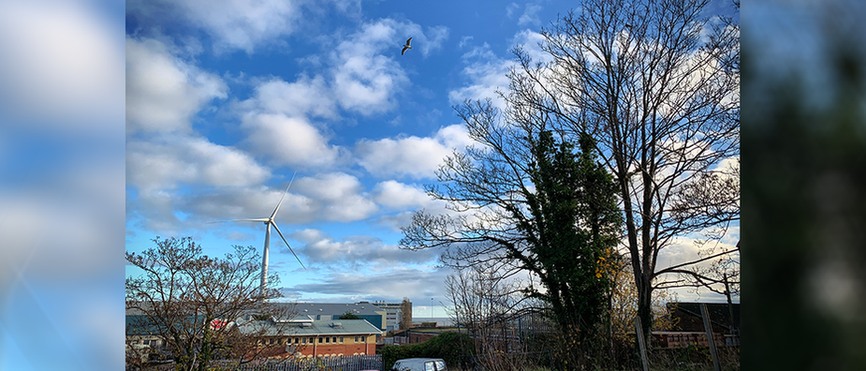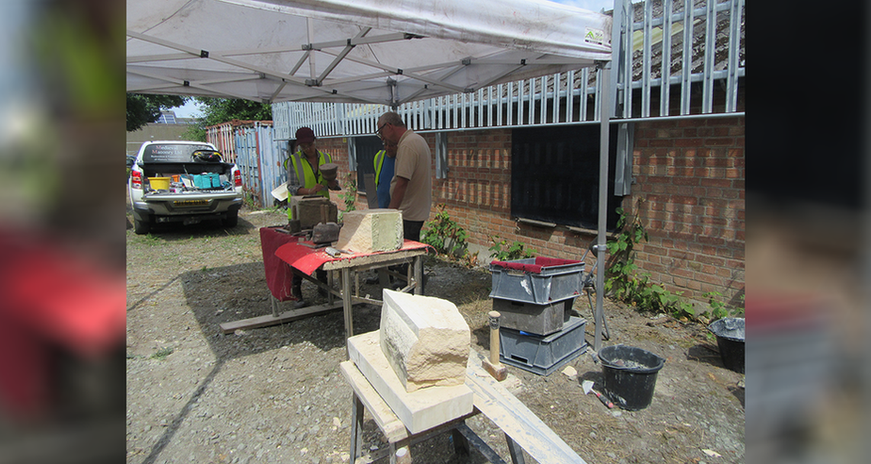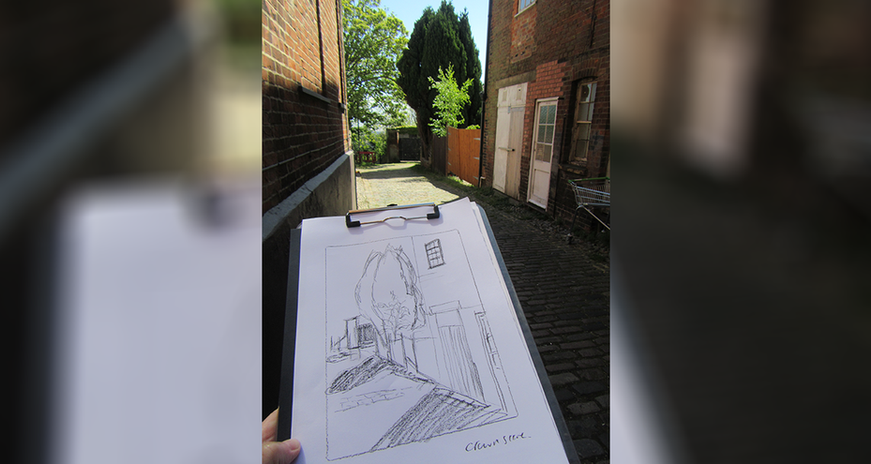14 KING STREET
135 king street
TIME AND TIDE MUSEUM
TIME AND TIDE MUSEUM
TIME AND TIDE MUSEUM
NO. 8 MARKET ROW
THE ROWS PROJECT
NO. 8 MARKET ROW
KING STREET CAR PARK
KING STREET CAR PARK
NO. 8 MARKET ROW
THE ROWS PROJECT
NO. 8 MARKET ROW
KING STREET CAR PARK
THE NELSON MUSEUM
BRETT'S
BRETT'S
NO. 32 AND 33 BAKER STREET
LOWESTOFT SCORES
In 2020, Great Yarmouth Preservation Trust completed a Making Waves Together project, focused on the shared heritage of the towns of Great Yarmouth and Lowestoft. The historically important thoroughfares of the ‘Scores’ in Lowestoft and ‘Rows’ in Great Yarmouth were once heavily populated areas, filled with the hustle and bustle of people living and working in the towns during the heyday of their maritime and fishing industries. Great Yarmouth originally had over 145 Rows with some 80 remaining while Lowestoft now has 11 of the original 13 Scores.
To learn about the Great Yarmouth Rows, please click here.
Click here to visit the Lowestoft Scores Facebook page.
The projects were funded by the National Lottery Heritage Fund, Arts Council, East Suffolk Council and Great Yarmouth Borough Council.
The Lowestoft Scores
The term ‘score’ is believed to have originated from the Old English ‘skor’, meaning to make a cut or line. These “cut ways” were initially used to connect the low land running along the coastline – used to access the beach and sea for fishing – to the high lands at the top of the cliff. These thoroughfares gradually became inhabited by the local fishing population, which had spread to form a beach village below the cliffs. Over time the Scores developed names, usually referring to notable buildings in their vicinity, or people associated with them.
The Scores are an important part of the social history of Lowestoft, recognised by their inclusion in the North Lowestoft Heritage Action Zone. Previous investments have been made in improving the maintenance and lighting of the Scores, installing art works and creating a Heritage Trail.
Today, however, many of the Scores no longer have residents. Some are used solely for road transport and many are seen as places which attract anti-social behaviour. Other than when hosting the annual Lowestoft Scores Race, they are far quieter places today than they would have been in the past, when they were at the heart of a thriving coastal community.
To learn more about the history of the Scores, please click here.
The Lowestoft Scores Project
Research Project
Based at the Lowestoft Heritage Centre on Wilde’s Score, a research project was launched in 2019 to engage volunteers. Nine weeks of meetings and activities took place throughout the spring, with an initial twelve volunteers attending. Activities included: talks by local published historians David Butcher and Ivan Bunn; guided walks around the Scores; research skills training from the local family history society; visits to the local record office to view original Scores' documents and conduct research; training in Oral History skills and a guided tour of Lowestoft Museum.
The feedback from volunteers was universally positive, with several making contacts that led to them becoming involved in other heritage groups. A core group of volunteers was keen to remain involved and has since continued to promote and regenerate the Scores as well as developing volunteer-led activities.
Research conducted by the volunteers was exhibited at Lowestoft Library and the East Coast Heritage Event at Lowestoft College. Volunteers on the project also produced a timeline for display at the Heritage Open Days in 2019.
Conservation Training
As part of the project, volunteers were trained in building conservation skills for one day a week for a five week period. Based at the Lowestoft Heritage Centre, a programme of training in skills such as surveying, flint-knapping, lime-mortaring and stonemasonry was delivered.
After this initial five week period, some of the trainees continued volunteering on the project, applying their conservation training to help conserve sections of a flint and brick wall along Martin’s Score. A large hole has been rebuilt and areas have been repointed under the guidance of Medieval Masonry. Improvement works on the Scores focused on the Mariner's Score Archway, to ensure that the Score would be ready in time for the annual Scores Race. After many years of neglect and lack of maintenance, ivy and buddleia had consumed the structure of the Mariner’s Score archway, requiring it to be partially dismantled to remove the root system. The work was completed by Century Training Academy, under direction of structural engineer Stuart Armitage from the Morton Partnership, and in collaboration with the North Lowestoft Heritage Action Zone.
Volunteers from the conservation training group joined members of the research group to develop a Friends of Lowestoft Scores group, who help to maintain the Scores by conducting repairs, litter picking and weeding. During the winter months meetings alternated between outdoor work and research days at the Lowestoft Branch of the Suffolk Archives, training in first aid and health and safety, and visiting Norfolk Record Office. The volunteers are continuing to meet and it is hoped the group will continue beyond the project's completion.
If you are interested in current volunteering opportunities, please click here.
The Scores Trail
A Scores Trail had been created during previous improvement works that included the installation of sculptures and plaques on the Scores, corresponding to a paper trail map. Over time, some of the sculpture work and plaques had gone missing, with the remaining plaques weathered and made difficult to read. Graphic designer and filmmaker Henry Baker was asked to recreate the missing plaques in time for the Heritage Open Days 2019. Guidance and advice was provided by local historians Ivan Bunn and David Butcher to take the opportunity to update some of the information. With the assistance of Scores Volunteer Martyn Bibb, three missing plaques were installed for the Heritage Open Days, with the other plaques to be replaced in 2020.
Creative Interpretation
In May 2019 the Lowestoft Heritage Centre hosted a Scores sketching and printing workshop, led by artists Hilary Barry, Lisa Hurcum and Hugh Davies at the Lowestoft studio paper-works*.
Hilary led attendees on a one-day workshop, where sketches made in the Scores were developed into lino prints. The attendees took away two copies of their prints and left an original signed copy which went on to be displayed in an Easterly Artists exhibition in the Britten Centre and during the 2019 Heritage Open Days, where copies were sold. These are still available to purchase from the Lowestoft Heritage Centre, with profits contributing towards their work.
Creative Commissions
Photography and film are important media for documenting social history, and we are lucky to have had access to both when researching the history of the Lowestoft Scores. Past photographers inspired the commissioning of a photography collection and short film.
Lowestoft Photographic Club's collection of photography has been collated into 3 limited edition books to be archived at Great Yarmouth Preservation Trust, Lowestoft Heritage Workshop Centre and at the Suffolk Archives at Lowestoft Library. The photographs can be viewed online here.
Joshua Freemantle's film documenting the Scores over the year April 2019 – 2020 can be watched here
Making Waves Together
Making Waves Together is an ambitious three year programme which is designed to bring the communities of Lowestoft and Great Yarmouth together through shared engagement in a wide variety of art and heritage activities and events. The programme aims to use culture as a driver, enhancing wellbeing, promoting civic pride and uniting local communities; making them more attractive places to live in, work in, visit and learn about.
The programme is focused around sixteen bespoke activities, delivered by nine partners. To learn more, please click here.




















































